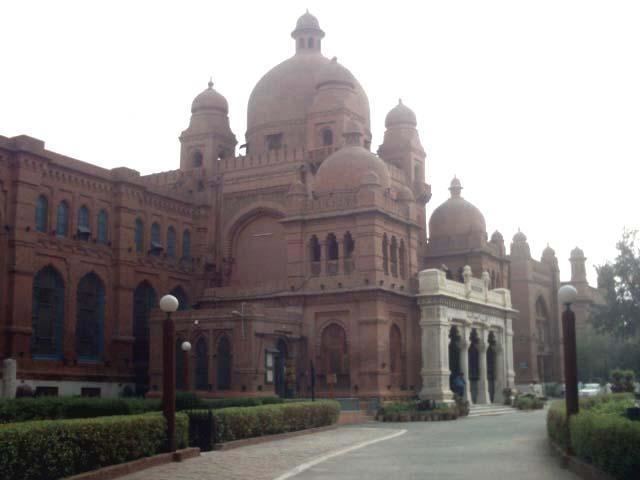 | ||
The Dominion of Pakistan (later the 'Islamic Republic of Pakistan') was founded in 1947 as a result of the independence of India from British rule, when India was simultaneously partitioned to create the new country of Pakistan (in two non-contiguous halves called East Pakistan & West Pakistan). The majority of Pakistanis (living in East Pakistan) seceded in 1971 as a result of the Language Movement followed by the Bangladesh War of Independence, and West Pakistan has continued the Pakistan national identity since then. The influence of British culture can be seen in both the former halves of the erstwhile Dominion of Pakistan.
Contents
The British had left an influential mark in language, public administration, education, architecture, communication, the political system, thinking and culture of the lands that Pakistan inherited. These marks are the British heritage of Pakistan which is traced in deep life cycles of common man's life in Pakistan.
The 200 years of British rule that radically reshaped the superstructure of the country can clearly be seen in average life in Pakistan today.
Architecture
The British introduced a new style of architecture. It was simple and useful. Often it was the mixture of local and English elements. It can be seen in railway stations, cantonments, courts, colleges and schools, churches, bridges and museums.
English language
English is the language of government and it is taught at all levels. The Pakistani variant of the English language is known as Pakistani English.
Pakistani English is very similar to Indian English to a certain degree.
Communication
The British left a large network of railways and roads and the telephone and telegraph system. It is working and growing.
Nature
The British introduced exotic plants in gardens and now they are part of the scene and the lasting gifts to the land.
